2018 is referred to as the explosion period for NB-IoT commercialization in China. In the past year, the three major domestic operators have achieved almost full coverage of the NB-IoT network. In addition, 40% of global operators are actively deploying business applications, with about 5.5 million devices connecting to the Internet of Things (IoT) daily. A U.S. consulting company predicts that by 2021, the number of connected devices globally will reach 28 billion, with 16 billion related to IoT. All of this indicates that the era of ‘Internet of Everything’ is accelerating.

Basic Composition of IoT Devices
Due to the many uncertainties in the IoT industry chain, to better meet the needs of different application scenarios, IoT devices are mainly developed based on MCU platforms at this stage. Their basic composition includes MCU, memory, sensors, network modules, and power batteries. With the massive growth of IoT devices, related components are also welcoming new development opportunities, such as NOR Flash memory.
Opportunities and Challenges of NOR Flash
It is well-known that with the promotion of big data, cloud computing, IoT, and artificial intelligence, the role of storage chips in the industry chain is becoming increasingly important. Currently, there are mainly two types: DRAM and FLASH, with FLASH further divided into NOR Flash and NAND Flash. NOR Flash is primarily used for storing code and some data, featuring random storage, strong reliability, fast read speed, and executable code, making it the preferred choice for code flash applications in IoT devices.

NOR Flash Memory
In fact, this is true; the rapidly developing global IoT has injected a strong boost into NOR Flash. In addition to bringing a large number of application demands, it has also broken the long-standing stagnation of NOR Flash. This undoubtedly presents a rare opportunity for NOR Flash. However, the diversity of IoT application scenarios also poses new challenges for NOR Flash. In IoT devices, NOR Flash is typically used for MCU data reading and execution, and its process and read speed directly affect MCU performance.
Generally speaking, IoT sensing terminals require low power consumption and low voltage MCUs. However, as IoT applications expand, MCUs also need to have a broader voltage range to enhance product design and development flexibility. For instance, in smart home applications, there is a need to integrate high current drivers and enhance MCU voltage. Furthermore, in applications such as remote metering, smart water management, smart smoke detection, and automotive systems that have begun commercial use in China, there are different voltage requirements for MCUs. Therefore, manufacturers have also launched a richer variety of product types to meet application needs. For example, Texas Instruments’ MSP430L092 MCU maintains complete functionality within a voltage range of 0.9V to 1.65V, supporting comprehensive low-voltage system solutions; Atmel’s AVR series and Microchip’s PIC series continue to innovate.
On the other hand, while 8-bit MCUs still dominate the market, widely used in electric meters, motor controllers, electric toy machines, variable frequency air conditioners, call devices, fax machines, caller ID devices, telephone recorders, keyboards, and USBs, the gradual decrease in development application costs has led to the widespread use of 32-bit MCUs in consumer electronics, communications products, industrial and medical fields. Especially with the development of IoT, artificial intelligence, and smart vehicles, 32-bit MCUs have become an important trend. Therefore, NOR Flash memory and corresponding components also need to be updated to meet high performance and low power consumption requirements.
It can be seen that the diversity and broadness of IoT applications further drive the market demand for NOR Flash memory while also raising higher requirements for its flexibility.
Actively Responding to Industry Cycle Adjustments
For the global memory market, the industry adjustments in recent years have been very evident. Since 2016, the global memory market has started to recover, peaking in 2017, with Samsung surpassing Intel to rank first globally. Driven by this, companies have continuously increased capacity investments, and with the impact of external economic conditions, the global memory market, after experiencing rapid growth, has begun to enter an adjustment period. On the other hand, the recent ban on Jin Hua has also added another variable to the global memory industry.
First, the most intuitive change is the adjustment of memory market prices. According to DRAMeXchange data forecasts, the average DRAM price in 2019 is expected to decline by 15% to 20% year-on-year, while NAND flash chip prices are expected to drop by about 25-30%. Specific to companies, Samsung has postponed its planned new investments in DRAM and NAND Flash in the second half of 2018 to next year, with DRAM memory investment being cut by 20%. This indicates that the global memory industry is filled with a chill.
So, does this mean that there is no value to be discovered in the memory market? In fact, the result is not so. Those familiar with the memory market might know that the global memory market is a typical cyclical industry, with peaks and valleys always appearing together. For domestic companies, this is undoubtedly a good opportunity; during the industry adjustment period, by continuously improving technology and quality, they can seize the initiative when the industry recovers. On the other hand, from the perspective of market demand, although the industry is undergoing adjustments, the demand for NOR Flash in high-end application fields remains strong. Moreover, as mentioned earlier, the emergence of new applications such as big data, cloud computing, IoT, and artificial intelligence also provides domestic companies with opportunities to quickly seize the market.
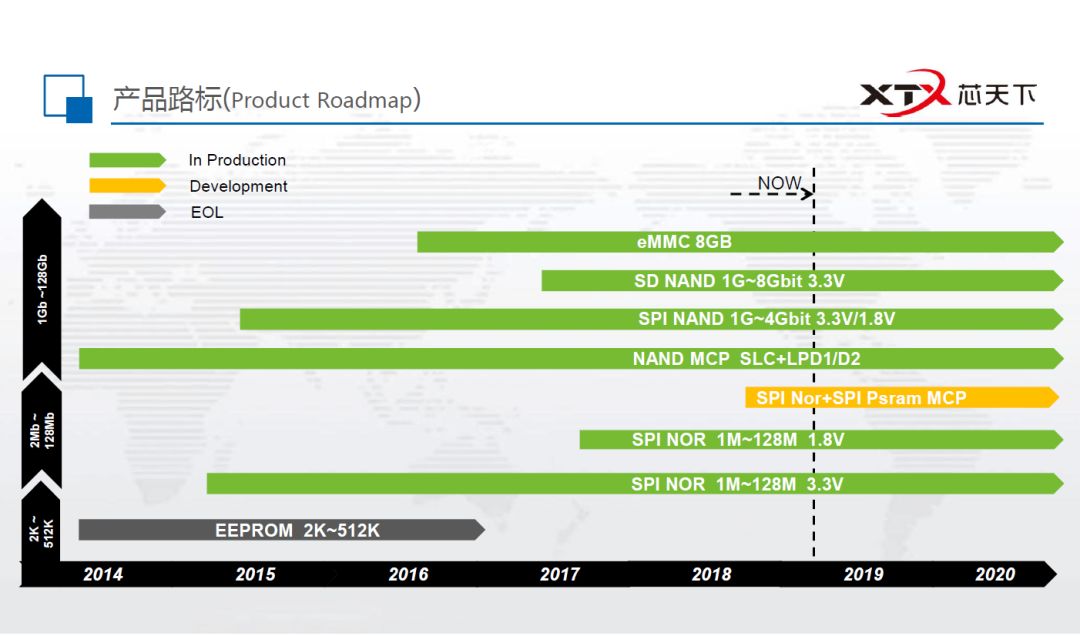
Chip World Product Development Roadmap
For these reasons, domestic companies’ enthusiasm for investment in the memory field has remained high, such as Shenzhen Chip World Technology Co., Ltd. (referred to as Chip World), a leading domestic memory supplier. Since its establishment in 2014, it has accurately grasped market demand and successively launched NAND MCP, SPI NAND, SPI NOR, and SD NAND series products, rapidly capturing market share and becoming a major practitioner of memory localization. With the changes in market demand and industry environment, Chip World has continuously improved its product series by increasing technological research and development efforts and actively expanding its business scope. Against the backdrop of industry adjustments, Chip World has also successfully completed two rounds of investment, which not only represents recognition from the capital market but also reflects the future development potential of the domestic memory industry.
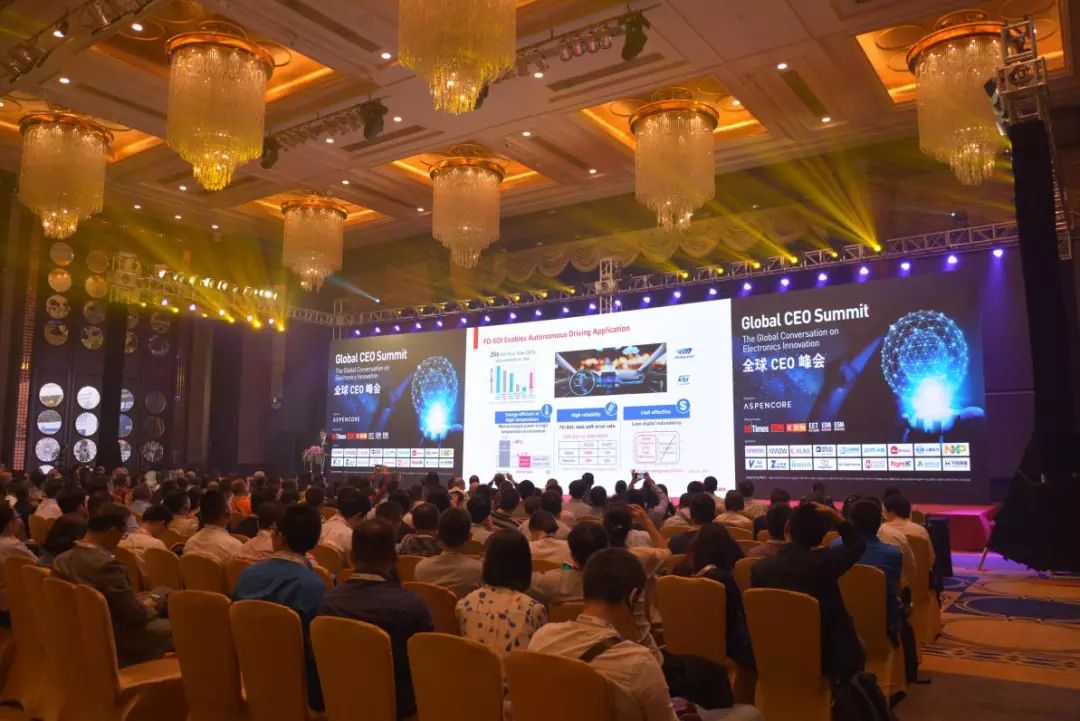
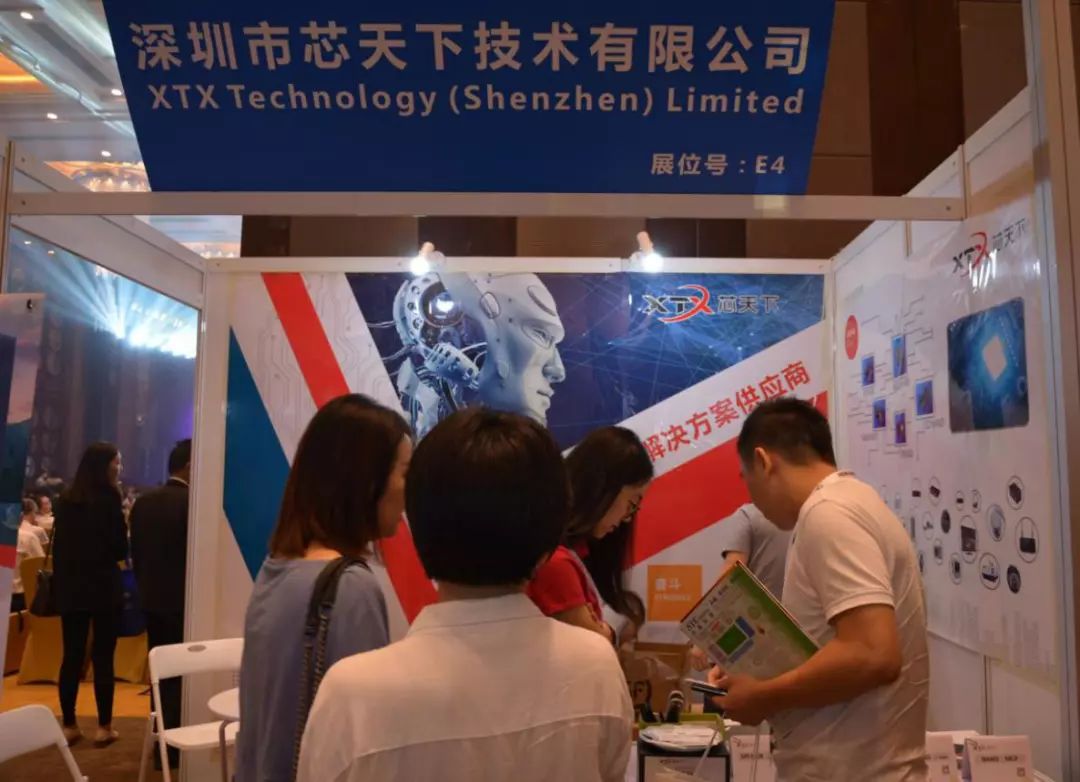

To this end, from November 8 to 9, 2018, Chip World fully participated in the “Global CEO Summit” held in Shenzhen. As a specially invited company to the conference, Chip World also set up an independent exhibition booth to showcase its complete product series and share the latest technology roadmap with industry professionals on-site. Regarding the upcoming IoT and intelligent era, Chip World has also invested a lot of resources in research and development, with the latest products showcased at this exhibition!
Wide Voltage to Meet Different Scene Needs
To address the challenges faced by IoT devices and seize the development opportunities of the IoT industry, Chip World has specially launched the Wide Voltage series of SPI NOR memory products. According to the specifications, its operating voltage covers 1.65~3.6V, and in practice, it can support as low as 1.4V, fully meeting the mainstream application requirements of the market, making it an ideal choice for IoT devices.
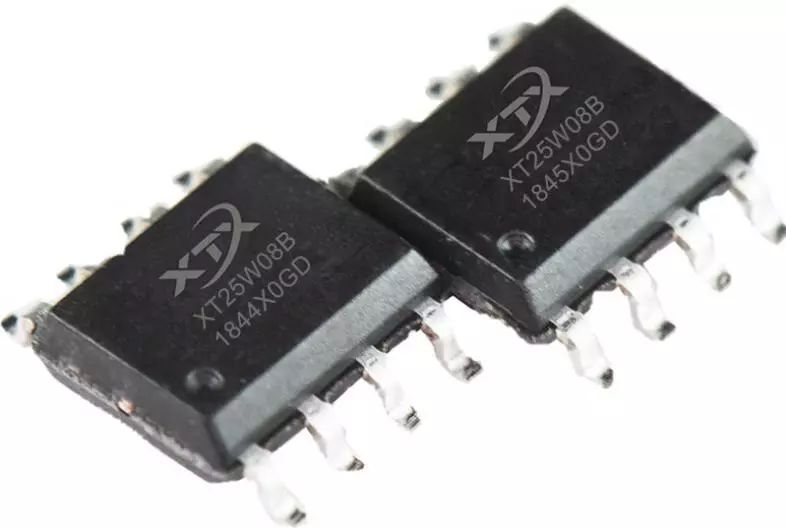
NOR Flash Memory
Taking Chip World’s XT25W08B as an example, its characteristics are as follows:
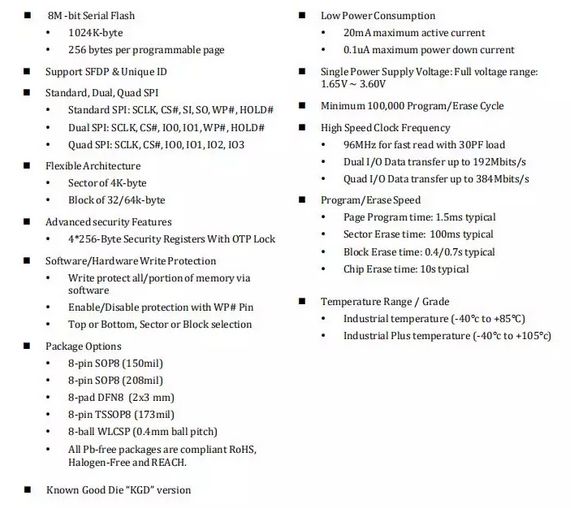
Chip World XT25W08B Product Parameters
This product uses a standard Serial Flash storage design, with a capacity of 8Mb, supporting SFDP specifications and Unique ID. Its power consumption in operating mode is 20mA, while in deep sleep mode, the power consumption is only 0.1uA, covering a full voltage range of 1.65V-3.6V. In addition to supporting wide voltage, the XT25W08B also offers WLCSP packaging and supports SIP, facilitating customers to quickly design and create highly competitive products.
Additionally, Chip World also provides a series of SPI NOR Flash products that support wide voltage, with the specific models listed below:
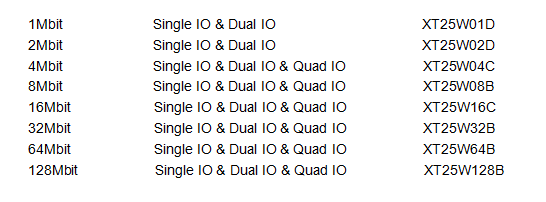
Chip World Wide Voltage Series Products
On the other hand, as the data processing volume at the application end increases, the capacity requirements for SPI NOR Flash products are also rising. Currently, the competition in the low-capacity market is very fierce, and mid-to-high capacity SPI NOR Flash products hold more market value. Therefore, Chip World, while expanding the voltage range of its products, is also further enhancing the product capacity to 128M and will soon launch 256M related products, utilizing advanced international 50nm processes to further expand high-end application markets. In addition to further improving its product series, Chip World is also continuously upgrading and iterating its technology to meet new market demands.
Low Power Consumption as a Key Factor in IoT
The large-scale deployment of IoT devices must first consider power consumption, which is also a significant constraint on the development of IoT. As the performance and integration of IoT devices improve, the requirements for power consumption control become more stringent. Given the characteristics of IoT device applications, replacing batteries for one device is a huge waste of operating costs. This requires IoT devices to have extremely low power consumption and a long service life.

For IoT devices, extending battery life as much as possible has become another important challenge, requiring overall optimization of all components. Taking Chip World’s products as an example, the Wide Voltage series of SPI NOR memory products not only supports wide voltage but also features the ability to enter deep sleep mode when not in operation and can respond immediately. While ensuring normal operation, it minimizes battery consumption, fully leveraging the potential of the MCU and battery, reducing management and maintenance costs of IoT devices, enhancing customer profit margins, and further capturing market share.
With the popularization of wireless networks and the continuous improvement of network access speeds, the Internet of Everything (IoT) is leading the fourth industrial revolution. The trillion-dollar market it brings is continually creating new application scenarios, opening up new market prospects for NOR Flash. Chip World has also recently completed a B-round financing of 410 million, with a focus on IoT applications as the next step.